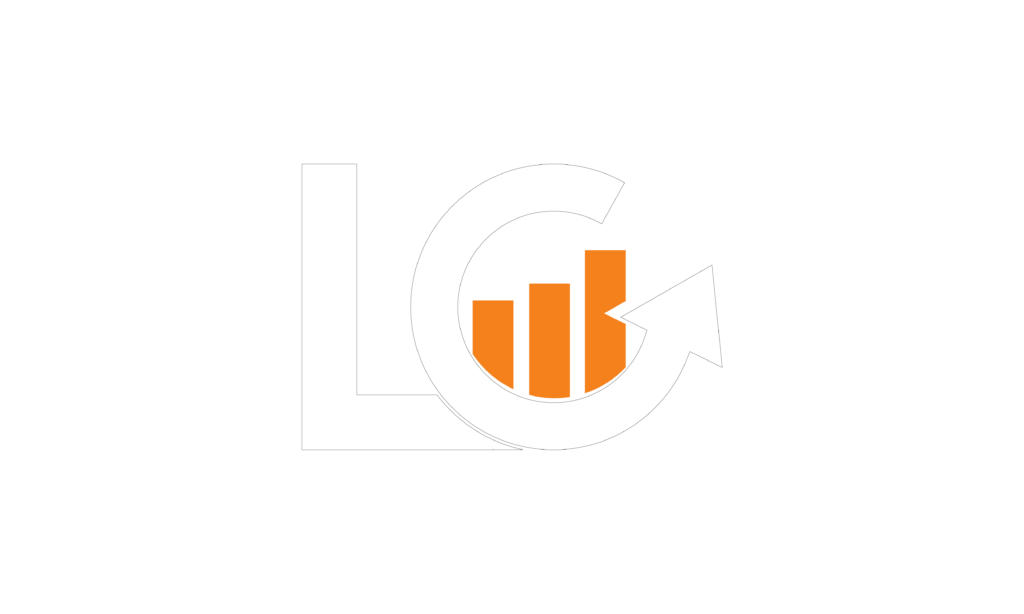S&OP Excellence: Tips to prevent Supply Chain disruptions and drive profit

Do you have a clear process that promotes collaboration and matches sales orders with internal capabilities to plan, produce, and deliver on schedule?
Sales and Operations Planning (S&OP) is designed to create a forward-looking system that helps companies avoid reacting to unexpected events, which can significantly impact cost and profitability.
In fact, companies that implement effective S&OP processes report up to a 20% increase in on-time deliveries and a 15% reduction in inventory costs, according to the Institute of Business Forecasting and Planning (IBF).
The Challenge of Balancing Supply and Demand
A particular challenge for many companies is balancing supply with demand. On one side, sales teams achieve or even exceed their goals, but operations teams may lag behind due to unexpected setbacks, supply interruptions, poor planning, lack of resources, or material shortages. This misalignment can lead to stock-outs or quality issues, diminishing sales growth potential, opportunities lost, damaging the business’s reputation, and harming future customer relationships.
Conversely, operations teams may work diligently to follow the forecasted sales plan and growth goals, properly allocating resources, expanding facilities, and building the team. However, if the sales pipeline falls short, it can result in excess inventory cost, low asset utilization, high labor and overhead costs, low productivity, and ultimately hinders business growth, or even worse, produce losses.
Strategies to Avoid Mismatches Between Sales and Operations Planning
The primary benefit of balancing supply with demand is creating a leaner business that drives profitability up by growing sales while efficiently managing costs. This involves timing resources adequately, establishing supply programs, and forming partnerships that keep sales growing at a lower cost. To improve your S&OP process, consider these foundational steps:
- Establish a Committee and S&OP Team
Operations and supply chain roles must proactively and continuously support sales, building strategies to balance supply and demand. The key to implementing these strategies starts with cross-functional team synergies, open communication channels, and regular pre-S&OP and executive S&OP meetings involving all team leaders (Sales, Operations, Supply Chain, Finance, and Marketing).
An executive S&OP meeting should be held at least once a month to consolidate plans, resolve conflicts, give direction, and make decisions to align supply and demand. Begin with at least one monthly meeting until company objectives, roles, and responsibilities are aligned and being effectively fulfilled.
In parallel, pre-S&OP meetings with functional leaders are fundamental to review and validate data, assess supply and demand plans, identify gaps, and prepare recommendations for the executive plan.
Collaboration among the S&OP team is critical to understand the priorities of each department quickly, ensuring alignment and accountability throughout the process, and most importantly, quickly responding to market changes.
- Set Your Goals and S&OP KPIs
Setting performance metrics is crucial for providing direction during S&OP meetings and to the overall business. Clear and measurable indicators are needed to monitor and track the progress of S&OP integration. Examples include data accuracy, forecast accuracy, inventory turnover, on-time delivery, production efficiency, and customer satisfaction. Assign clear ownership and realistic goals for each KPI.
- Data Accuracy and Software Integration
Standardize and review how information is collected, gathered, and reported by all business units before setting goals. Reliable data that can be integrated across different teams, if necessary, from various systems (ERP, CRM, SCM) is essential. Transparent information among teams ensures consistency, enabling quick, informed decision-making and effective planning.
Data is the core source of information needed to build the S&OP. Its handling can make or break the process. If the data is not trusted, the entire S&OP effort is flawed.
Doing a better job at forecasting involves using software that supports your forecasting needs. When choosing a software, consider factors like real-time data analytics, software adaptability, data management customization, integration ease, user-friendliness, training and support, implementation cost and ROI, data presentation dashboards, and scenario planning.
Most popular softwares already includes all these features. A fully integrated S&OP and ERP environment is ideal, but flexibility to integrate information from other data sources with real-time data accuracy and analytics is critical.
- Demand Planning
Create a sales forecast based on historical data, market trends, inputs from sales and marketing teams, and future orders booked. A holistic view and collaboration from all departments is key to align the forecast with business goals. Demand planning should be reviewed beforehand and as a source of information for supply planning, requiring constant evaluation and monitoring to reduce errors.
Understand and use advanced forecasting techniques and market intelligence, collecting customer feedback and preferences provides valuable insights into future demand. Use quantitative and qualitative methods to build the forecast.
A demand planning software that uses advanced algorithms, and machine learning to improve the accuracy of your forecast would be a great support tool.
- Supply Planning
After developing and reviewing your sales forecast, align capacity with the forecasted demand. Inventory management is critical in S&OP, implementing strategies to meet demand without excessive overstocking, and adapt best practices like Just in Time (JIT), or Economic Order quantity (EOQ) techniques to your business needs.
Understanding and establishing metrics like safety stock levels, reorder points, min/max settings, order quantities, buffers, and storage space analysis directly impacts S&OP decision-making and ERP system configurations. Communicate your strategies and forecast with your suppliers.
Another foundation for supply planning is to evaluate your current production capabilities, assessing the maximum output you can deliver with existing resources: equipment, labor, space, production lines, and critical material. Consider factors such as lead-times, batch sizes and capacity constraints.
- Risk Management
Supply chain disruptions are happening faster and more unexpectedly than ever, global viruses are a good example. Conducting what-if analysis helps evaluate the impact of different demand and supply scenarios to minimize risk.
S&OP approaches and systems should adopt and run various scenarios to prepare contingency plans and respond effectively to unexpected events. Several strategies can minimize supply chain risk, such as diversifying and using backup suppliers from different regions, increasing safety stock, and adjusting production schedules.
- Continuous Learning and Improvement
External and internal feedback is vital to identify key strengths and weaknesses, ensure continuous improvement. Constantly seek ways to add value, stay open to change, creatively and collaboratively learn from challenges. In a competitive environment, build benchmarks and leverage technologies like Artificial Intelligence and Machine Learning to analyze large datasets, identify patterns, predict disruptions, simulate scenarios, and optimize supply chain strategies.
Conclusion
A successful S&OP process in manufacturing is essential for aligning supply chain, production, and sales activities to meet customer demand efficiently and profitably. By following these steps, companies can develop a robust S&OP process, fostering collaboration, enhancing decision-making, minimizing risk, and driving overall business performance.
At Leanco Consulting Inc, we recognize every business is different, therefore we specialize in creating tailored supply chain solutions that drive efficiency, reduce costs, and enhance overall business performance. Whether you’re struggling with demand forecasting, inventory management, production planning, or supplier relationships, we are here to help. We welcome your questions or concerns.
